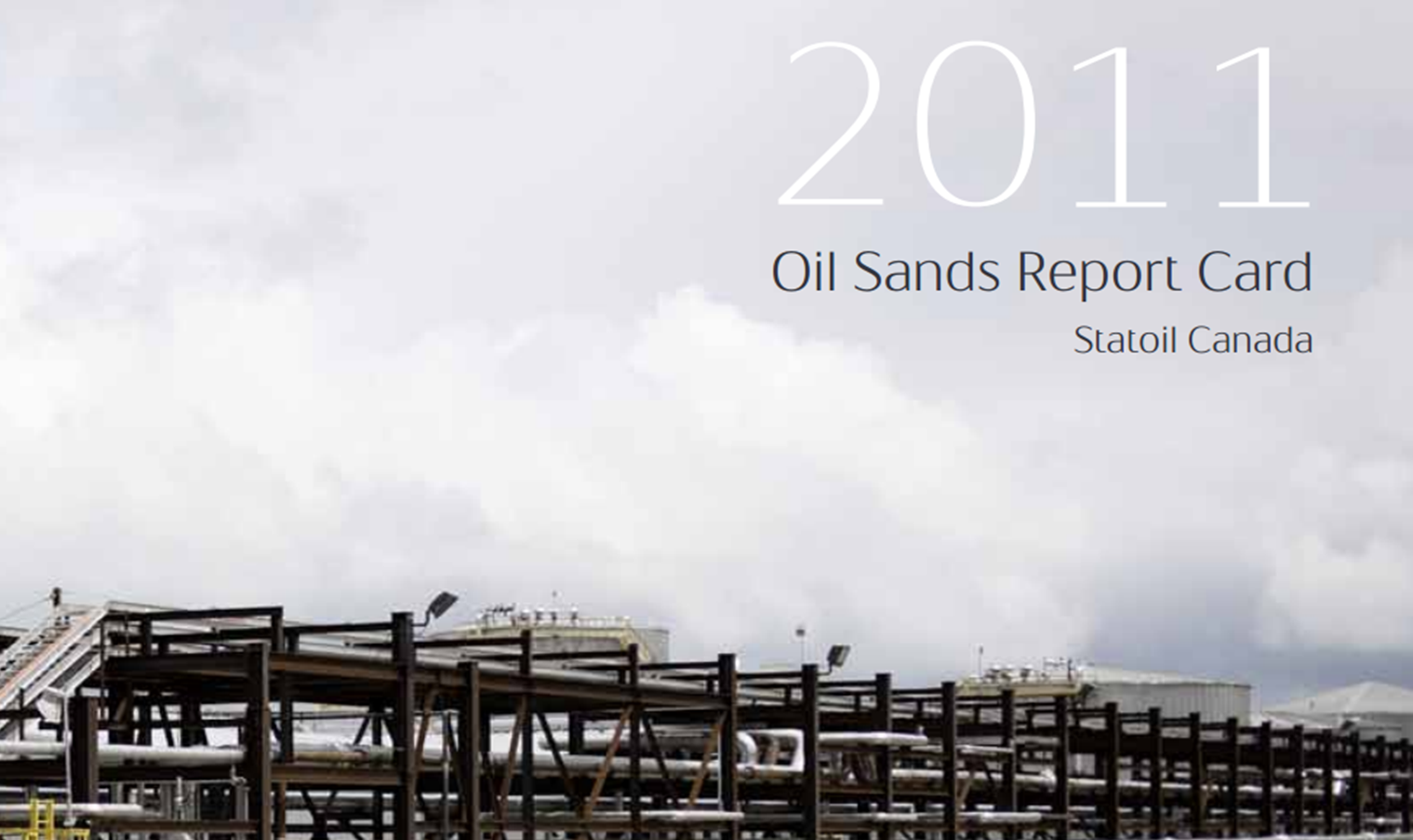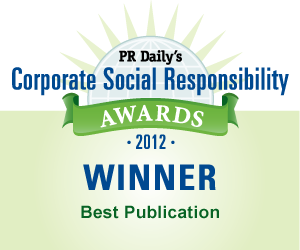Statoil’s CSR report: We broke the law, but will lead in pollution reduction
The energy giant shows its determination to be the industry innovator in oil sands pollution control.

Sometimes the best way to show one’s green sincerity is to admit one’s mistake, pay the penalty, teach employees not to repeat the violation, and move on boldly.
That’s precisely what Statoil, a Norwegian energy company, did in its 2011 Oil Sands Report Card.
To the Ragan judges, Statoil’s re-emphasis, after a severe public setback, of its years of research leadership on the environmental effects of oil extraction from the Alberta tar sands was just as impressive as the company’s attempts to find new ways to reduce water use and CO2 emissions.
Many other companies would have chosen to lay low and lick their wounds after suffering the embarrassment Statoil endured after its workers used too much water in 2011, violating the terms of the Alberta Water Act.
Statoil proved that corporate courage exists, and that a stiff business spine and owning up to error without making excuses beat hiding behind a lowered profile.
Statoil’s green reputation before the 2011 excessive-water-use incident had been the best in the oil sands industry. As it points out in its 2011 Oil Sands Report Card:
- Statoil is the only oil sands producer to establish and publicize definite, significant numerical goals to reduce CO2 emissions and water use.
- Statoil spends CA$30 million a year for R&D on increasing oil sands efficiency and reducing pollution. The cost of pilots and field demos will be considerably higher.
- Statoil’s aggressive pollution targets and its new technology have changed the way the entire oil sands industry operates.
- Statoil wants everyone to know that it is transparent, so it hired Ernst & Young to independently audit its environmental reports.
- In 2011, Statoil’s Leismer Project was one of the best startups of its kind, surpassing industry standards for Steam Assisted Gravity Drainage (SAGD) operations. Leismer blew away industry standards for Steam-to-Oil Ratio (SOR) and bitumen production per well per day.
- Statoil led the formation of an industry collaborative, the Oil Sands Leadership Initiative (OSLI), to speed up the adoption of innovative technology in the oil sands.
- Statoil prides itself on its international learning-based culture that rewards knowledge-sharing between its departments and regions.
- To reiterate, Statoil is the only oil sands company with specific numerical green goals.
- Perhaps most important, as the editors of the 2011 Oil Sands Report Card point out, for at least a decade energy companies have been accused of being opaque and timid, not to say disingenuous, in their attempts to seem green and sustainable.
Now, Statoil’s communicators assert, that common perception of the oil sands industry must change because of Statoil’s unprecedented assault on the most stubborn obstacles to clean energy extraction. And they make the case for this change very persuasively in their 2011 Oil Sands Report Card.
The gigantic sweep of Statoil’s intentions—its ambition to remake its entire industry—and Statoil’s obsession with reducing pollution and minimizing other environmental effects of its operations made it the clear winner in the Best Publication category of PR Daily’s 2012 Corporate Social Responsibility Awards.
Want to get recognized for your hard work? Find out about Ragan and PR Daily’s award programs here: https://www.prdaily.com/Main/RaganAwardsPrograms.aspx
View More Corporate Social Responsibility Awards 2012 Winners.
Visit Ragan.com/Awards to learn more about awards opportunities.


